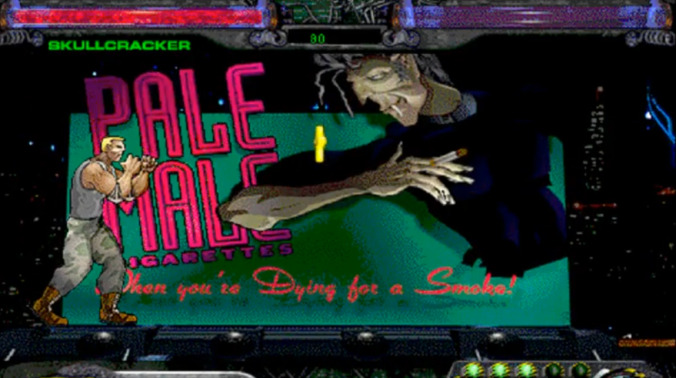Enjoy this list of video games so bad they might as well have been fake

Video game programmer Giuseppe Navarria, much like a genius scientist whose groundbreaking theories upend our understanding of the natural world, has just identified a previously unidentified game genre. Over the course of a series of tweets, Navarria outlines the classification of a kind of video game we’ve all seen before, but perhaps never thought to sort into a category all its own: Real Games So Bad That They Look Fake.
In an introductory tweet that functions as a kind of journal abstract, Navarria asks if readers “remember when in TV shows in the 2000s they had to film someone playing a game and sometimes they invented fake games, with wonky looking game footage that didn’t really look like real playable games.” He then presents a series of examples, drawing from a deep well of material that’s been all but lost to time.
First up is 1996's Skull Cracker, an absolutely beautifully-titled game that Navarria calls a good entry to his newly identified genre thanks to its “mix of very poorly drawn animated graphics and the high resolution/color.” Here, as in the rest of the tweets, he links a YouTube video of someone playing the game. The Skull Cracker clip shows a buff cartoon dude awkwardly punching and kicking his way across a crowded screen that looks tailor-made to be used in the background of a network drama. It’s a perfect demonstration of what Navarria means about these kind of games.

 Keep scrolling for more great stories from The A.V. Club.
Keep scrolling for more great stories from The A.V. Club.